Code
HCS16936
Weight
120 gm / 0.26 lbs
Size
Height
9cm (4") Width
3cm (1") Depth
6.5cm (3") Material
Copper
Availability
Available
Date Added
2019-09-14 04:10:59
Note : We used to sell this product 6 years ago so it may no longer be in our stock.
It is possible that we still have it with our suppliers but the price could be different from before.
Feel free to order. We will verify availability and inform you promptly.
It is possible that we still have it with our suppliers but the price could be different from before.
Feel free to order. We will verify availability and inform you promptly.

Safe Payment
We accept Paypal, Money Transfer, Bank Transfer
Confidence
Protection covers your purchase and personal data.
Worldwide Delivery
We ship Worldwide, except Russia.Shipping cost US$25.2 for upto 0.5 kgs

Hotline
Talk to help line for your question on 9841267335About Elector Gold Plating
The Statue Of Mahakala Panjaranatha Two Arms, [full Gold Plated] has been crafted using the ceramic mold casting process, a modern approach that provides an alternative to traditional methods such as the lost-wax system or rubber molding. Also referred to as ceramic molding, this technique involves the creation of a ceramic mold to cast the statue. The process begins by making a precise and detailed wax model of the desired sculpture. The wax model is then coated with layers of ceramic material, creating a sturdy mold. Once the mold is complete, it is fired in a kiln, causing the wax to melt and escape, leaving behind a cavity that perfectly replicates the original sculpture. Molten metal is then poured into the mold, allowing it to fill the cavity and take on the desired form. Once cooled and solidified, the ceramic mold is carefully broken away, revealing the final metal statue. Read More . . .
The Statue Of Mahakala Panjaranatha Two Arms, [full Gold Plated] has been crafted using the ceramic mold casting process, a modern approach that provides an alternative to traditional methods such as the lost-wax system or rubber molding. Also referred to as ceramic molding, this technique involves the creation of a ceramic mold to cast the statue. The process begins by making a precise and detailed wax model of the desired sculpture. The wax model is then coated with layers of ceramic material, creating a sturdy mold. Once the mold is complete, it is fired in a kiln, causing the wax to melt and escape, leaving behind a cavity that perfectly replicates the original sculpture. Molten metal is then poured into the mold, allowing it to fill the cavity and take on the desired form. Once cooled and solidified, the ceramic mold is carefully broken away, revealing the final metal statue. Read More . . .
Ceramic Molding System
The Statue Of Mahakala Panjaranatha Two Arms, [full Gold Plated] has been crafted using the Ceramic mold casting process, a modern approach that provides an alternative to traditional methods such as the lost-wax system or rubber molding. Also referred to as ceramic molding, this technique involves the creation of a ceramic mold to cast the statue. The process begins by making a precise and detailed wax model of the desired sculpture. The wax model is then coated with layers of ceramic material, creating a sturdy mold. Once the mold is complete, it is fired in a kiln, causing the wax to melt and escape, leaving behind a cavity that perfectly replicates the original sculpture. Molten metal is then poured into the mold, allowing it to fill the cavity and take on the desired form. Once cooled and solidified, the ceramic mold is carefully broken away, revealing the final metal statue. Read More . . .
The Statue Of Mahakala Panjaranatha Two Arms, [full Gold Plated] has been crafted using the Ceramic mold casting process, a modern approach that provides an alternative to traditional methods such as the lost-wax system or rubber molding. Also referred to as ceramic molding, this technique involves the creation of a ceramic mold to cast the statue. The process begins by making a precise and detailed wax model of the desired sculpture. The wax model is then coated with layers of ceramic material, creating a sturdy mold. Once the mold is complete, it is fired in a kiln, causing the wax to melt and escape, leaving behind a cavity that perfectly replicates the original sculpture. Molten metal is then poured into the mold, allowing it to fill the cavity and take on the desired form. Once cooled and solidified, the ceramic mold is carefully broken away, revealing the final metal statue. Read More . . .
Mahakala Panjaranatha :
Mahakala Panjaranatha is a significant wrathful deity in Vajrayana Buddhism, particularly in the Tibetan Buddhist tradition. He is a two-armed manifestation of Mahakala, depicted in a standing form. As a fierce and powerful protector, he embodies the wrathful aspect of compassion, helping practitioners overcome obstacles and liberate themselves from suffering.
Iconography:
Physical Form: Mahakala Panjaranatha is depicted with a dark-blue or black complexion, symbolizing his transcendence beyond worldly concerns and his all-encompassing nature.
Two Arms: Unlike many other wrathful deities who have multiple arms, Mahakala Panjaranatha has only two arms. His two-arm form is unique and distinguishes him from other Mahakala manifestations.
Right Arm: His right arm is raised in a threatening gesture, with the index finger pointing upwards. This mudra symbolizes the cutting of ignorance and the dispelling of obstacles. It demonstrates his ability to protect practitioners and remove hindrances on the path to enlightenment.
Left Arm: In his left arm, Mahakala Panjaranatha holds a long staff or bar (sometimes referred to as a club or vajra staff). This represents his power to clear the path and remove obstructions, paving the way for spiritual progress.
Ornaments: He wears bone ornaments, including a garland of severed heads. These ornaments symbolize the transformation of the five negative emotions (ignorance, attachment, aversion, pride, and jealousy) into wisdom.
Tiger Skin Loincloth: Mahakala Panjaranatha is often depicted wearing a tiger skin loincloth, signifying his triumph over ignorance and the wild, untamed aspects of the mind.
Surrounded by Flames: He stands on a lotus pedestal amidst the flames of pristine awareness. The flames represent the transformative power of wisdom and the burning away of impurities.
Meaning and Practice:
Mahakala Panjaranatha's wrathful appearance is not meant to invoke fear but to symbolize the ferocity with which he protects and purifies the Dharma. Practitioners engage in visualizations, rituals, and mantra recitations to connect with his fierce energy and seek his protection and assistance in overcoming obstacles.
The practice of Mahakala Panjaranatha is particularly emphasized during challenging times or when facing inner and outer hindrances. By meditating on his form and reciting his mantra, practitioners aim to transform negative emotions and obstacles into wisdom and compassion.
As with any Vajrayana Buddhist practice, approaching Mahakala Panjaranatha requires guidance from qualified teachers and a sincere commitment to the practice. The understanding of the deity's symbolism and significance is essential for practitioners to engage in the practice effectively and with the right intention.
Physical Form: Mahakala Panjaranatha is depicted with a dark-blue or black complexion, symbolizing his transcendence beyond worldly concerns and his all-encompassing nature.
Two Arms: Unlike many other wrathful deities who have multiple arms, Mahakala Panjaranatha has only two arms. His two-arm form is unique and distinguishes him from other Mahakala manifestations.
Right Arm: His right arm is raised in a threatening gesture, with the index finger pointing upwards. This mudra symbolizes the cutting of ignorance and the dispelling of obstacles. It demonstrates his ability to protect practitioners and remove hindrances on the path to enlightenment.
Left Arm: In his left arm, Mahakala Panjaranatha holds a long staff or bar (sometimes referred to as a club or vajra staff). This represents his power to clear the path and remove obstructions, paving the way for spiritual progress.
Ornaments: He wears bone ornaments, including a garland of severed heads. These ornaments symbolize the transformation of the five negative emotions (ignorance, attachment, aversion, pride, and jealousy) into wisdom.
Tiger Skin Loincloth: Mahakala Panjaranatha is often depicted wearing a tiger skin loincloth, signifying his triumph over ignorance and the wild, untamed aspects of the mind.
Surrounded by Flames: He stands on a lotus pedestal amidst the flames of pristine awareness. The flames represent the transformative power of wisdom and the burning away of impurities.
Meaning and Practice:
Mahakala Panjaranatha's wrathful appearance is not meant to invoke fear but to symbolize the ferocity with which he protects and purifies the Dharma. Practitioners engage in visualizations, rituals, and mantra recitations to connect with his fierce energy and seek his protection and assistance in overcoming obstacles.
The practice of Mahakala Panjaranatha is particularly emphasized during challenging times or when facing inner and outer hindrances. By meditating on his form and reciting his mantra, practitioners aim to transform negative emotions and obstacles into wisdom and compassion.
As with any Vajrayana Buddhist practice, approaching Mahakala Panjaranatha requires guidance from qualified teachers and a sincere commitment to the practice. The understanding of the deity's symbolism and significance is essential for practitioners to engage in the practice effectively and with the right intention.


![Statue Of Mahakala Panjaranatha Two Arms, [full Gold Plated]](https://handicraftseller.com/uploads/pics/product/thumb/2019/09/16936.jpg)
![Statue Of Mahakala Panjaranatha Two Arms, [full Gold Plated]](https://handicraftseller.com/uploads/pics/product/thumb/2019/09/16936_0.jpg)
![Statue Of Mahakala Panjaranatha Two Arms, [full Gold Plated]](https://handicraftseller.com/uploads/pics/product/thumb/2019/09/16936_1.jpg)
![Statue Of Mahakala Panjaranatha Two Arms, [full Gold Plated]](https://handicraftseller.com/uploads/pics/product/thumb/2019/09/16936_2.jpg)

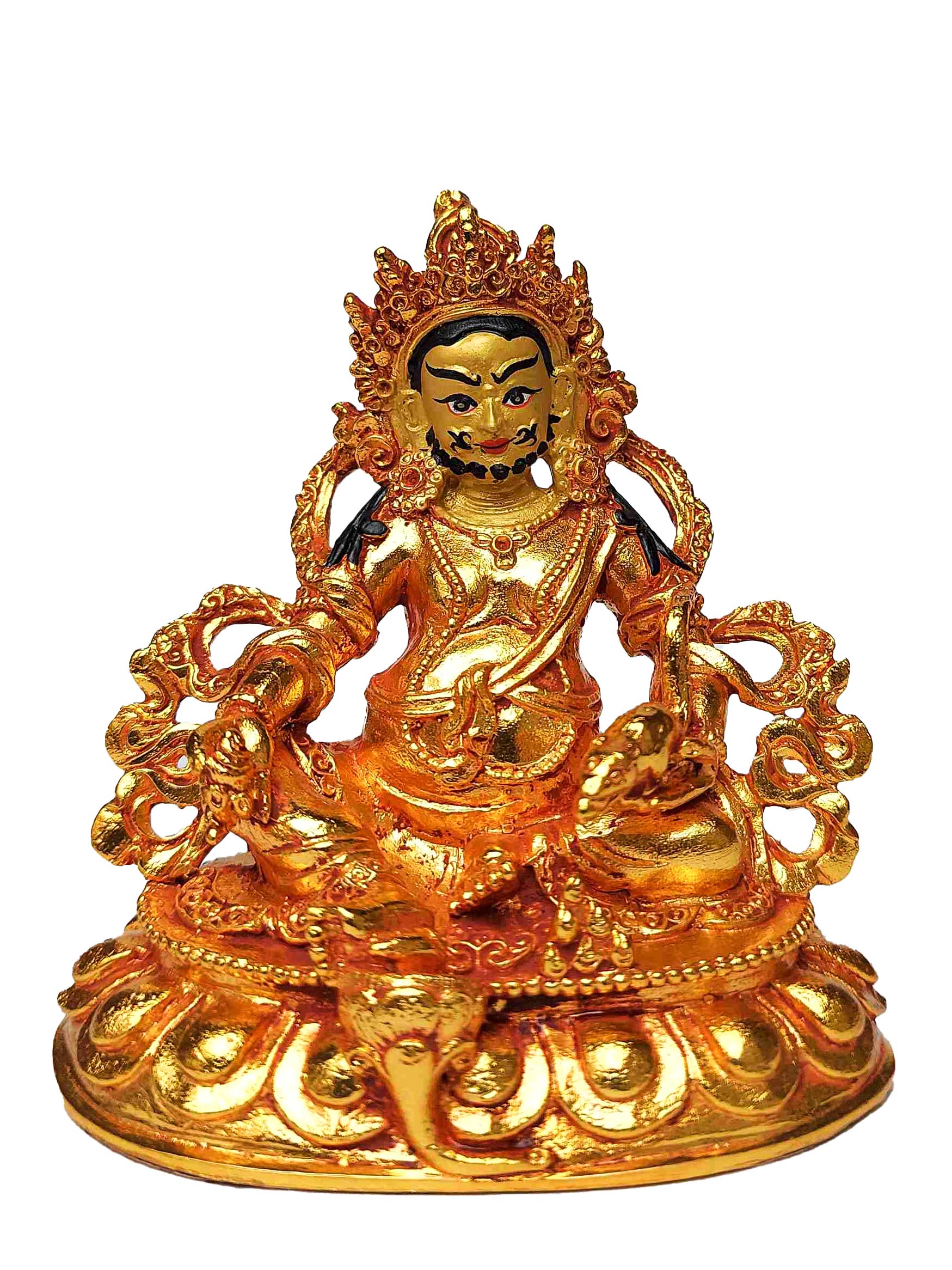 of Yellow Jambhala,
of Yellow Jambhala, 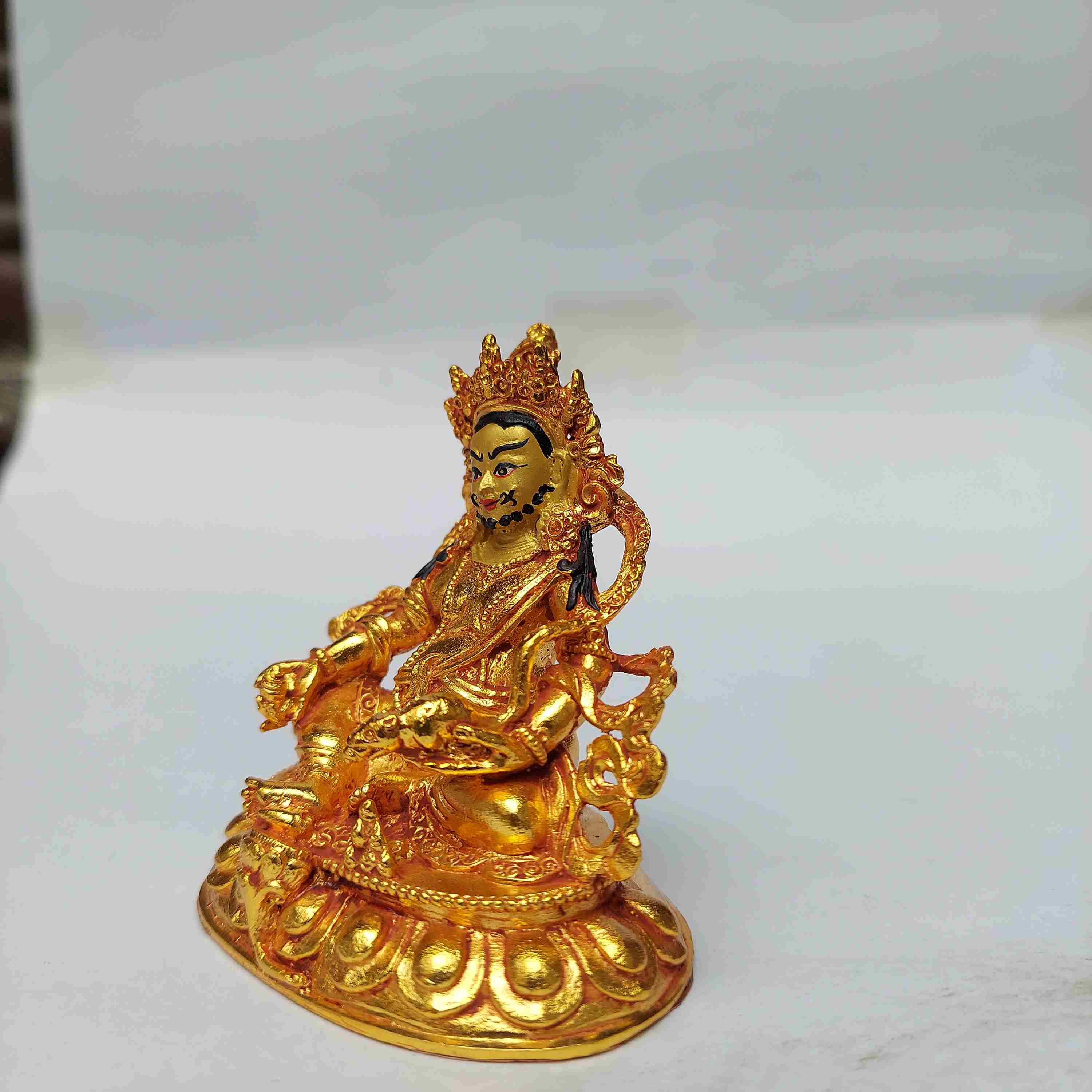 of Yellow Jambhala,
of Yellow Jambhala, 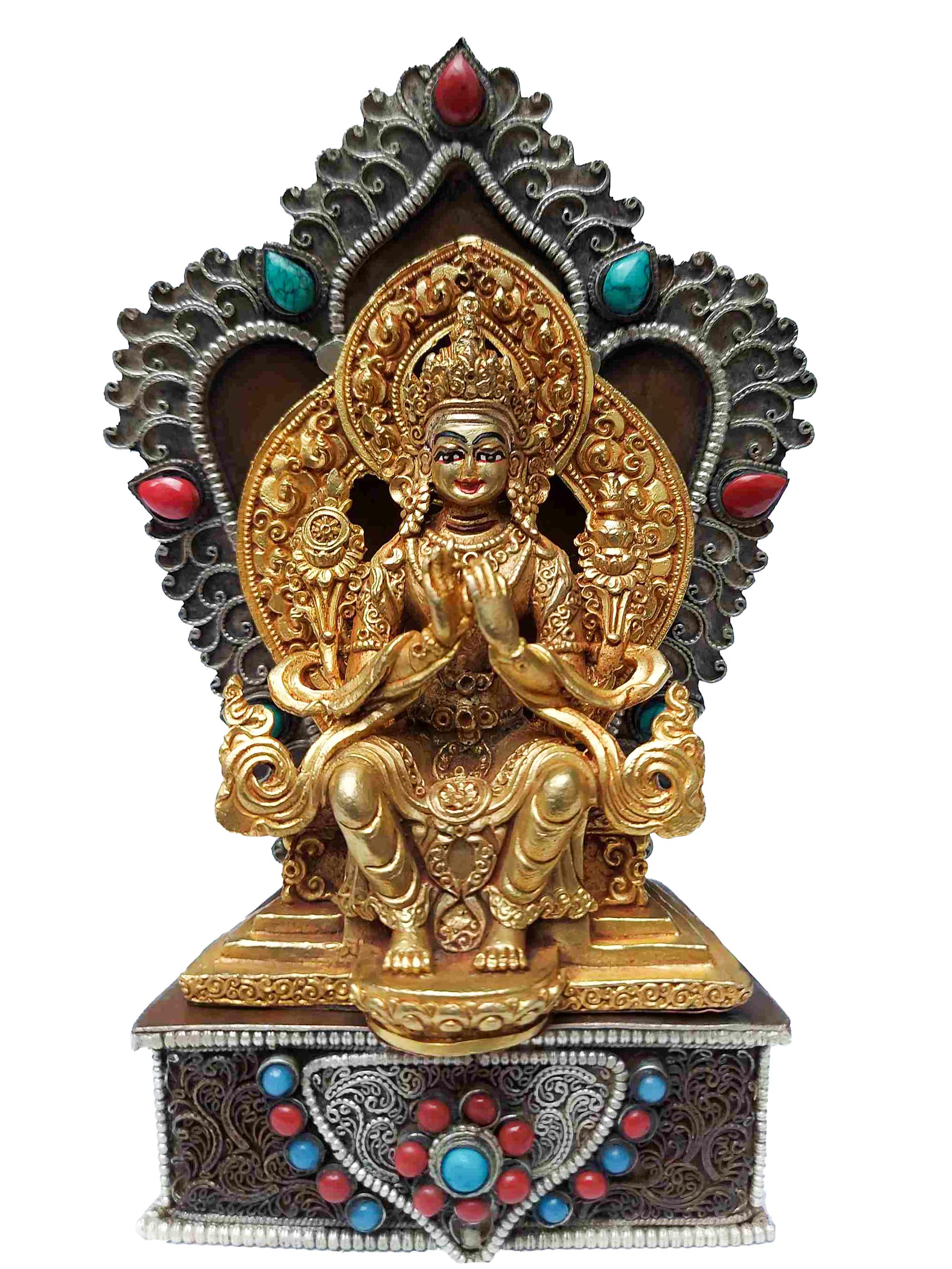 of Maitreya Buddha
of Maitreya Buddha 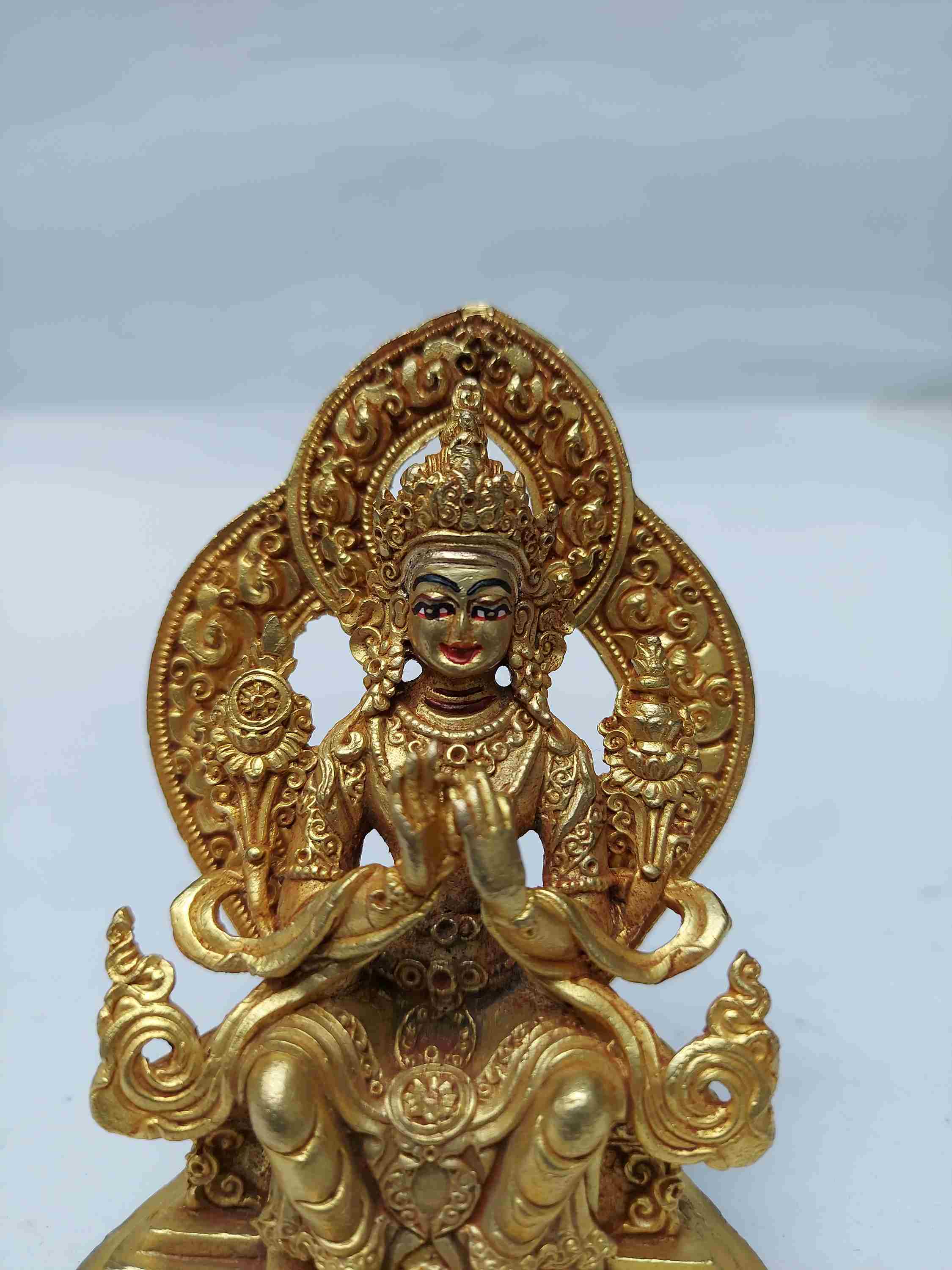 of Maitreya Buddha
of Maitreya Buddha 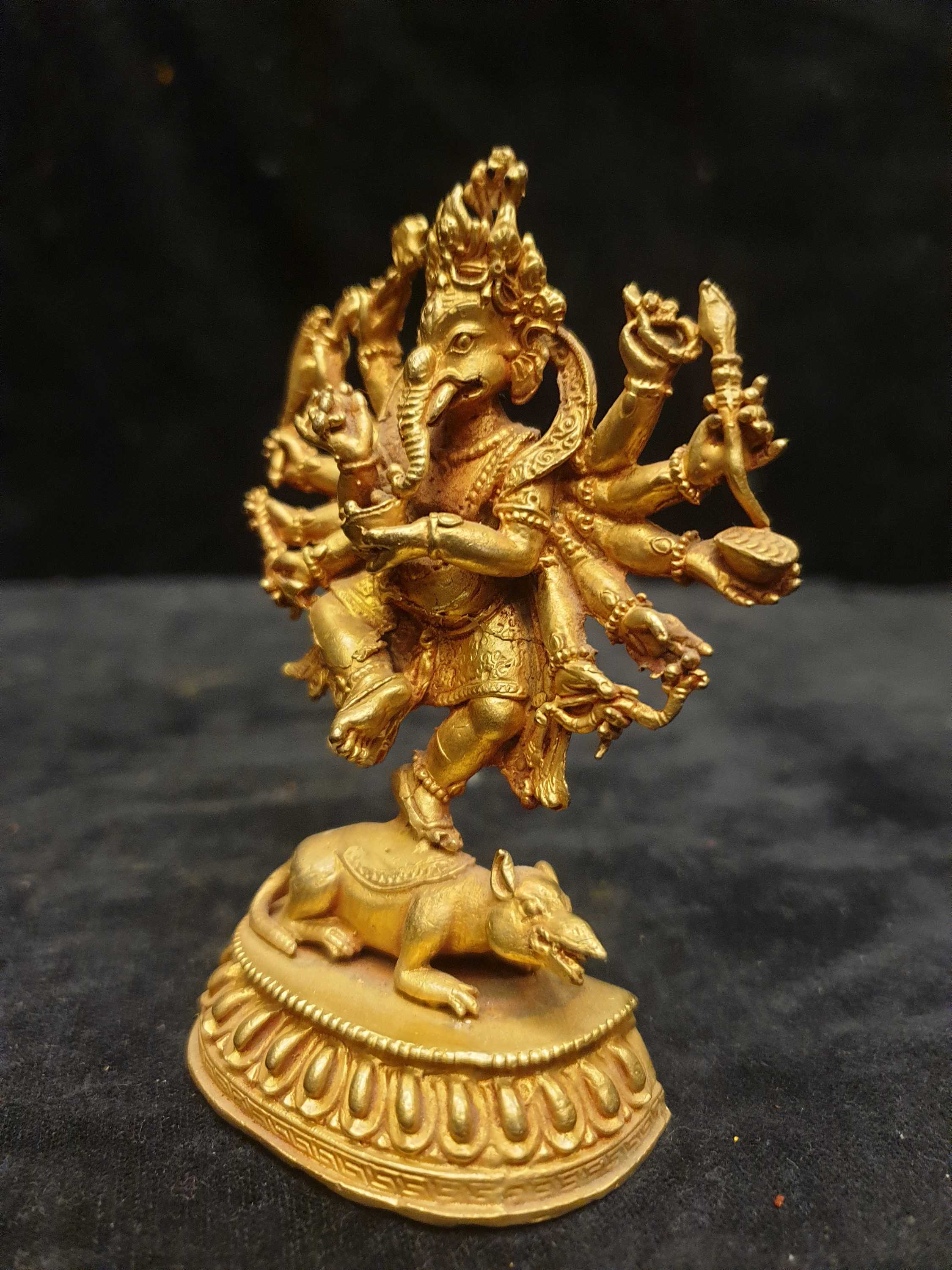 of Ganesh Red Jambhala, Ganesha,
of Ganesh Red Jambhala, Ganesha, 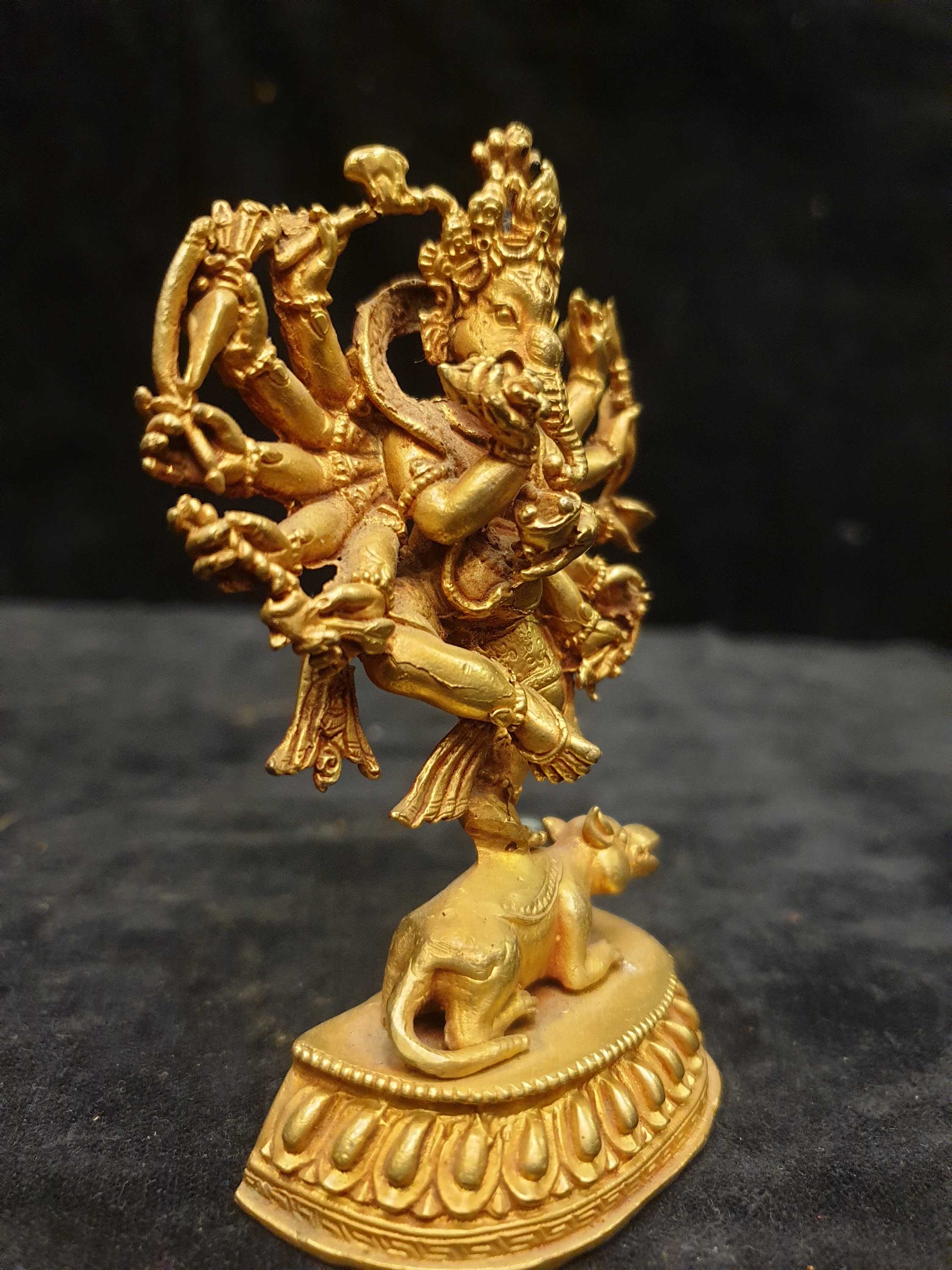 of Ganesh Red Jambhala, Ganesha,
of Ganesh Red Jambhala, Ganesha, 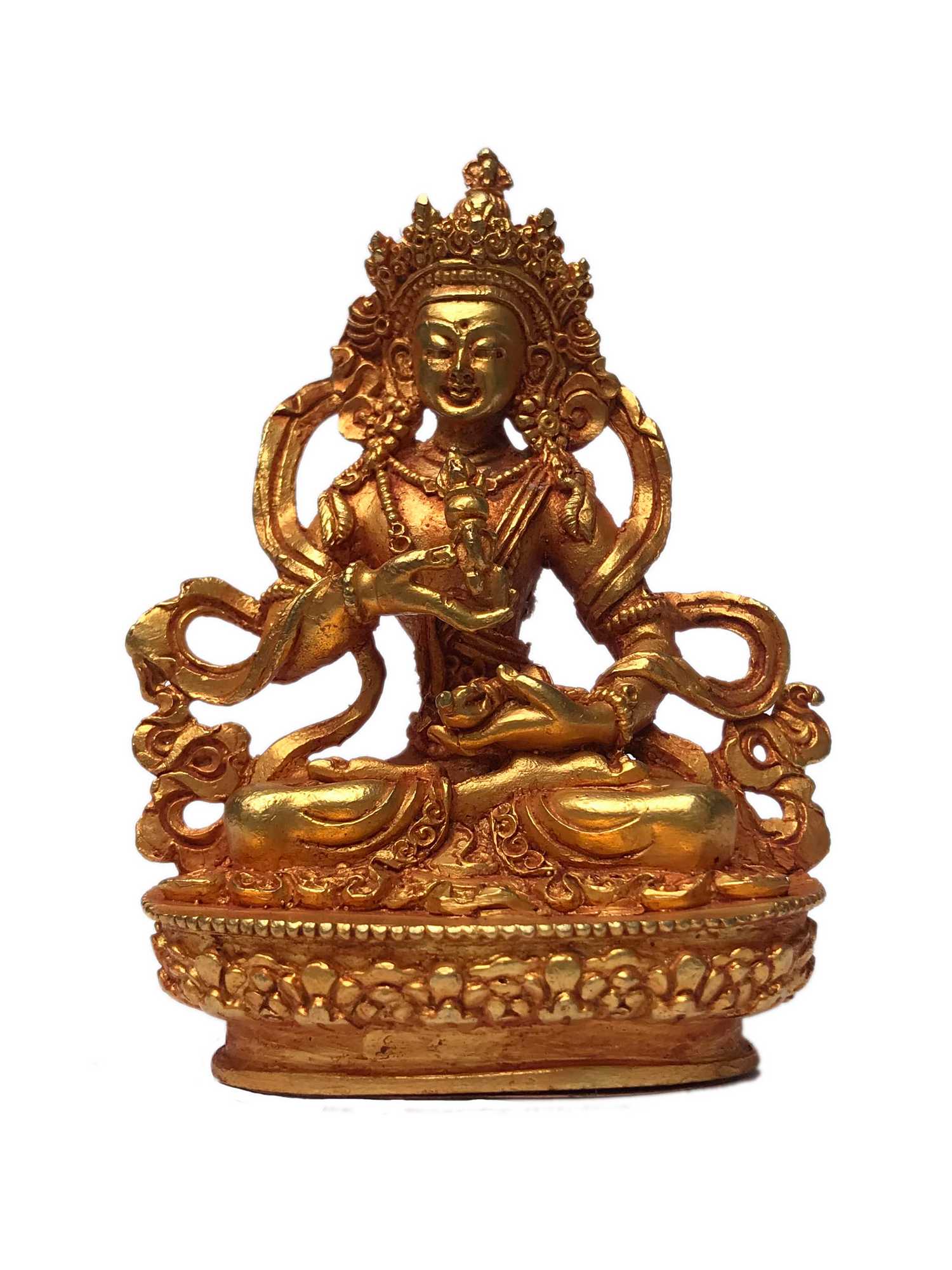 of Vajrasattva,
of Vajrasattva, 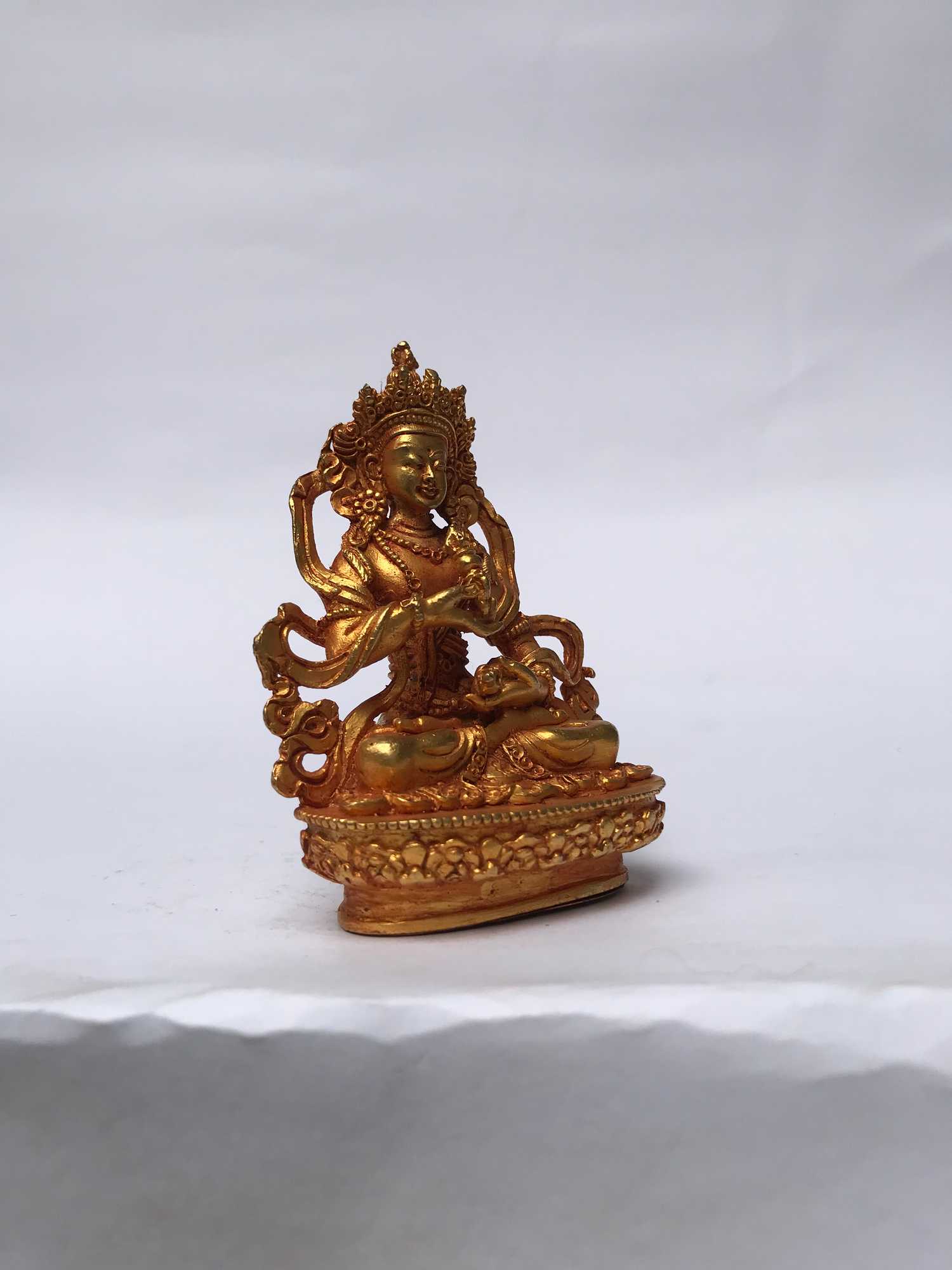 of Vajrasattva,
of Vajrasattva, 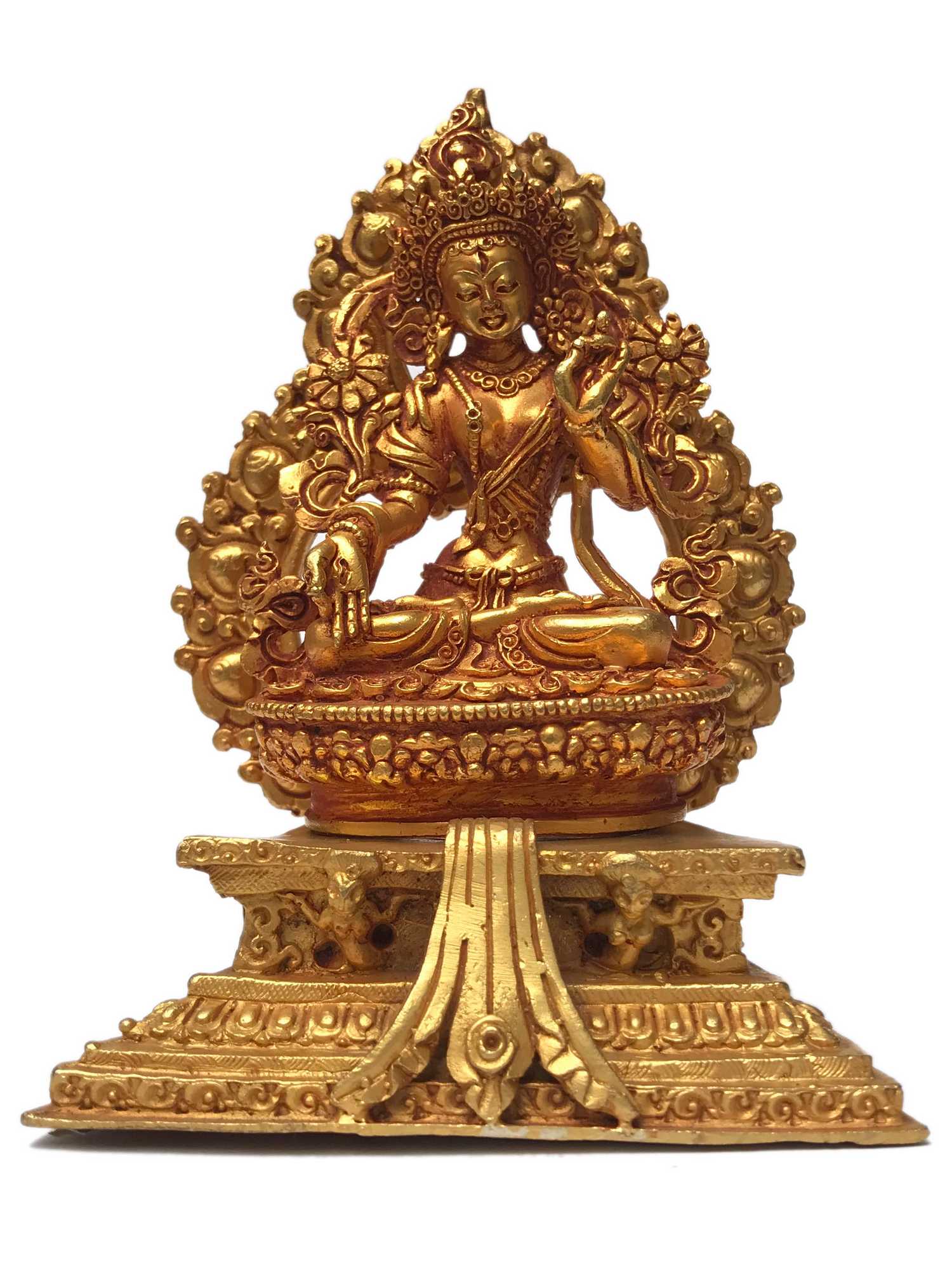 of White Tara On Throne,
of White Tara On Throne, 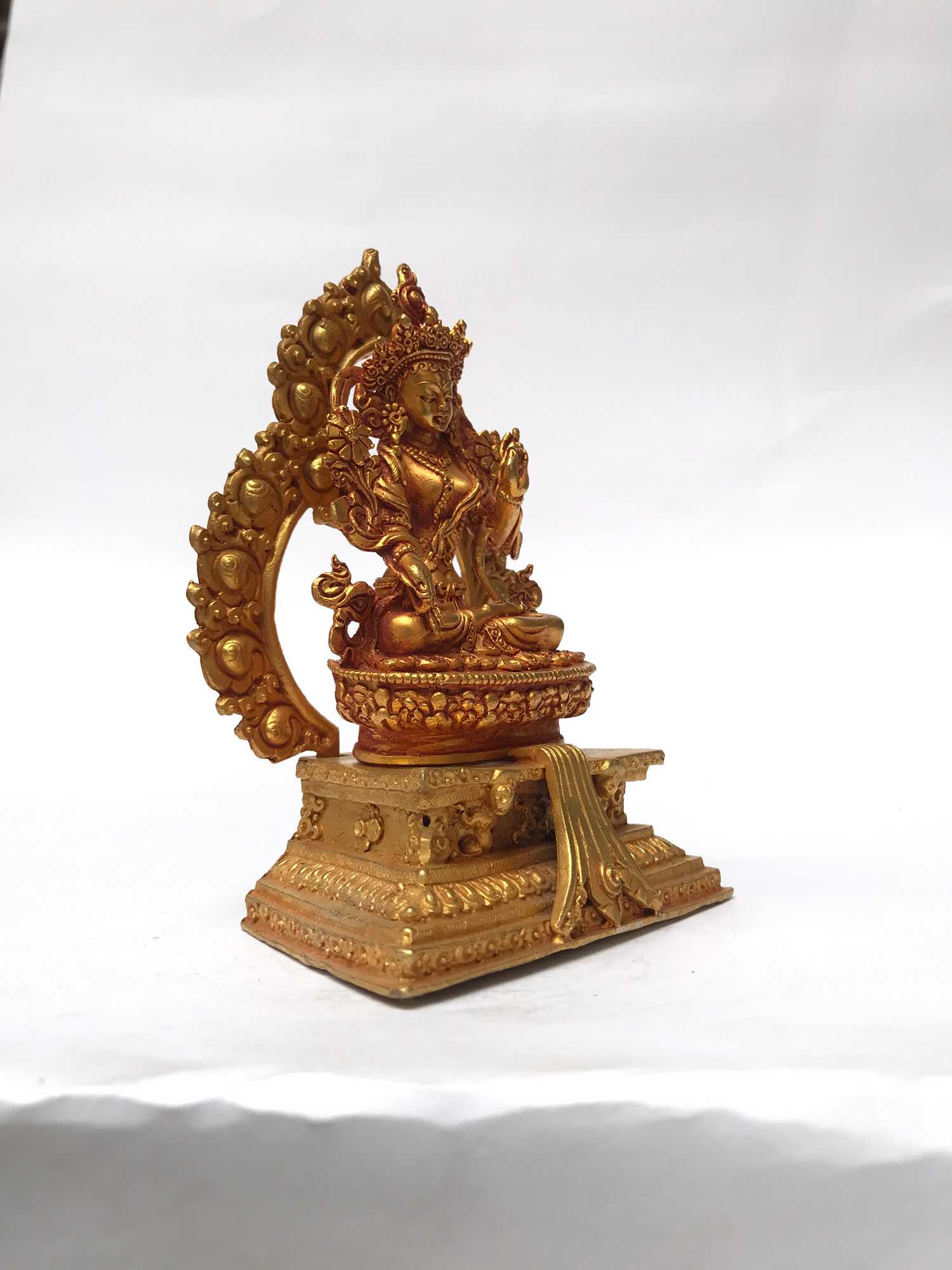 of White Tara On Throne,
of White Tara On Throne, 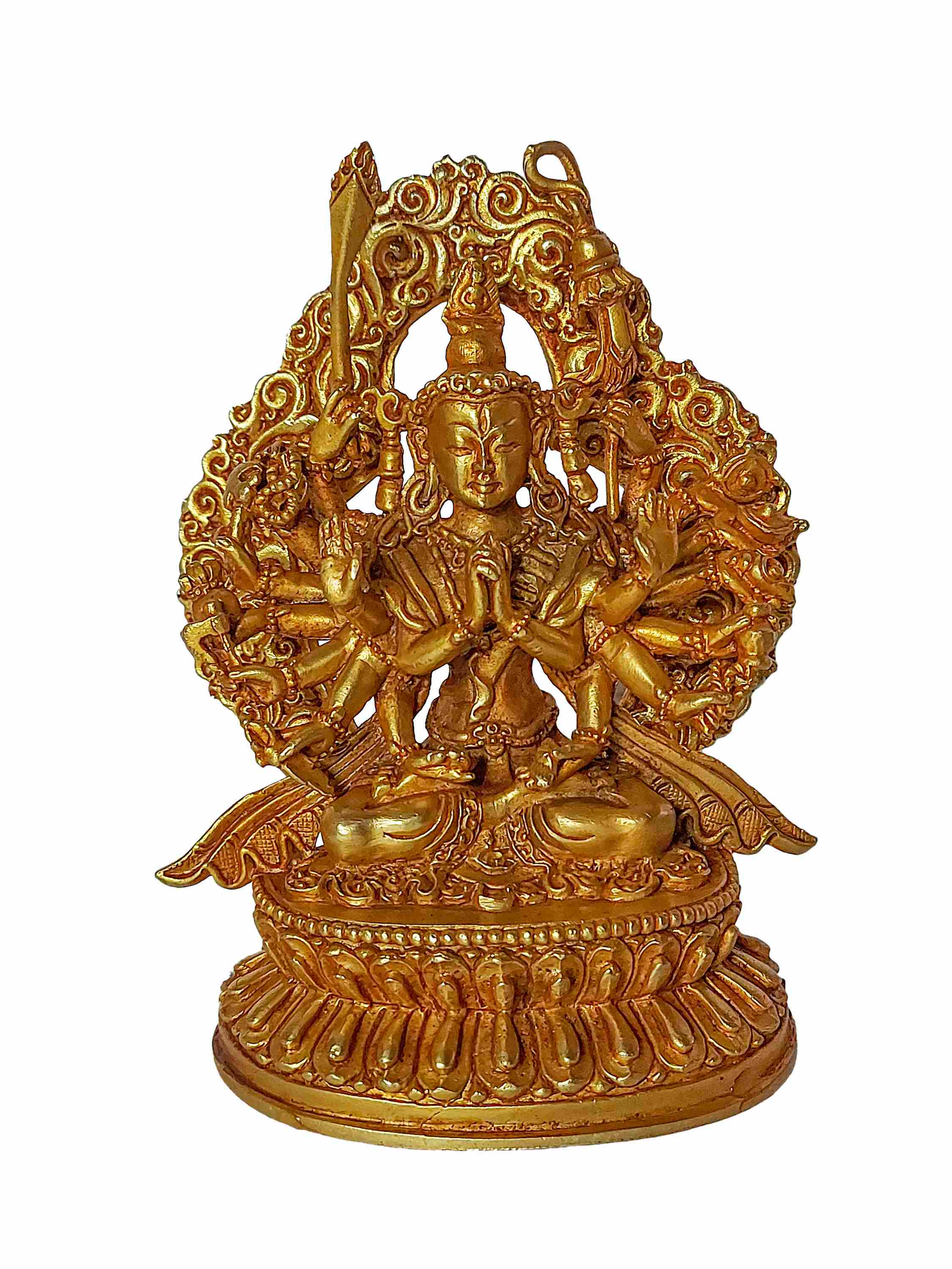 of Chundi,
of Chundi, 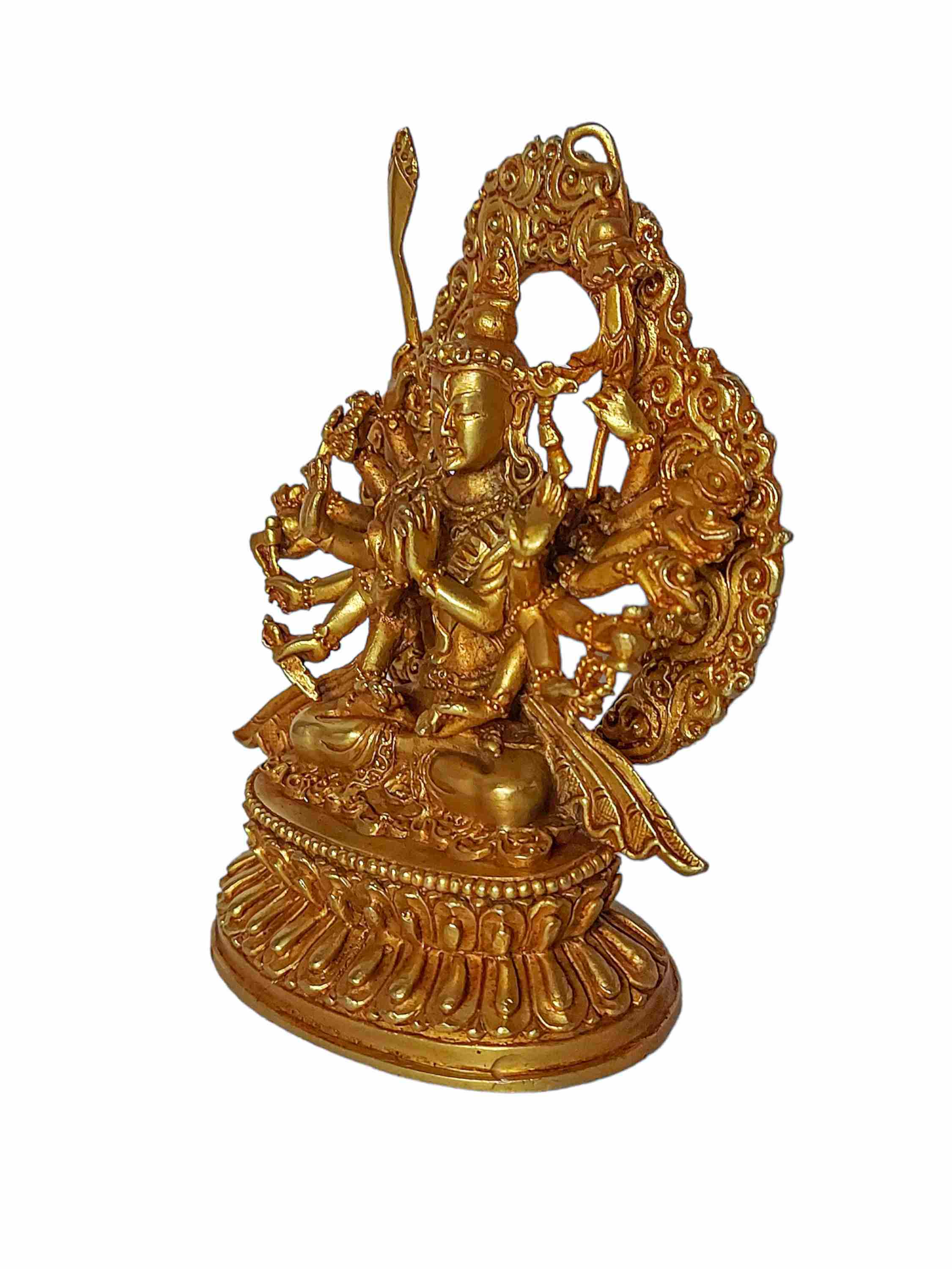 of Chundi,
of Chundi, 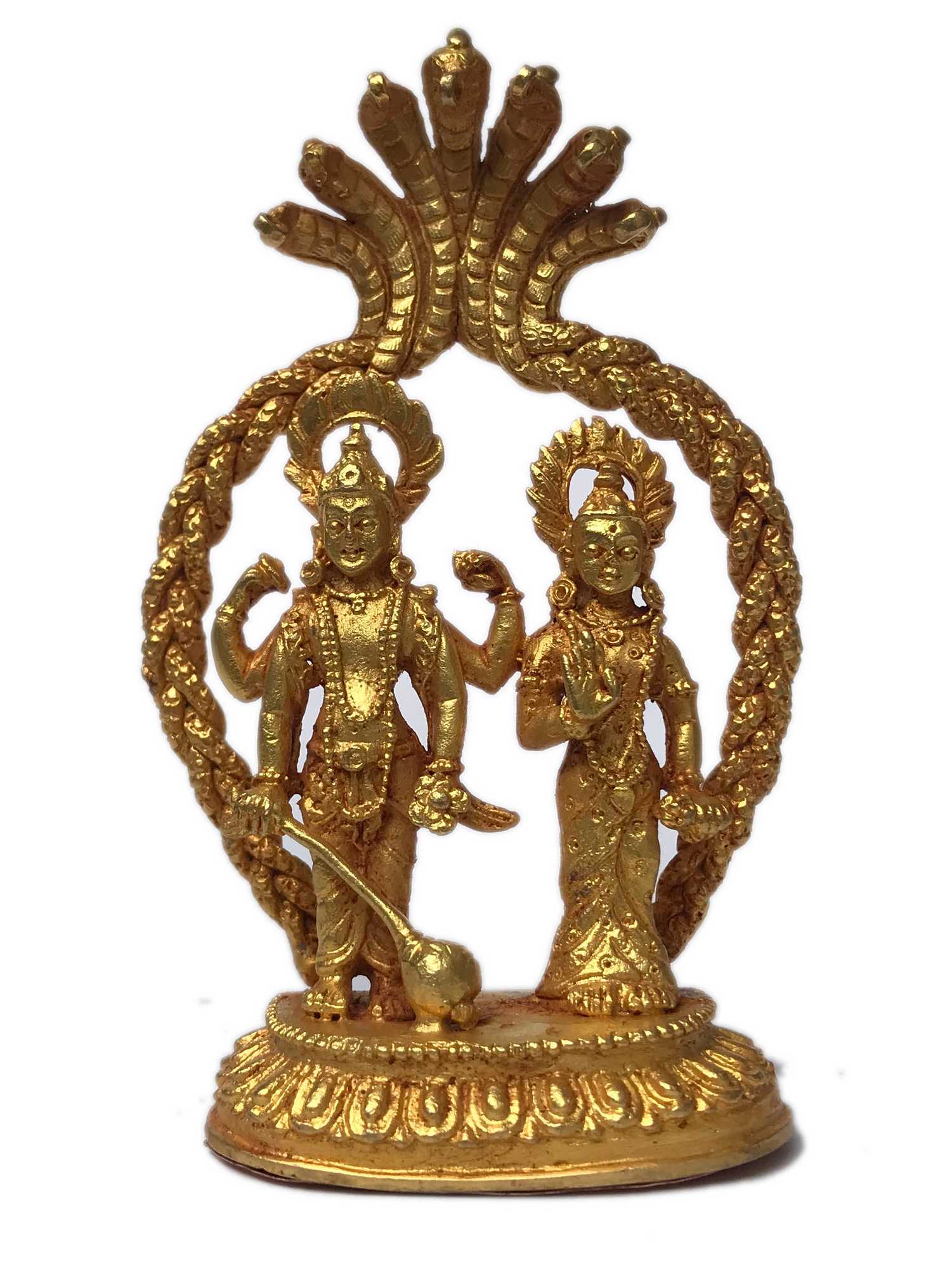 of Lakshmi
of Lakshmi 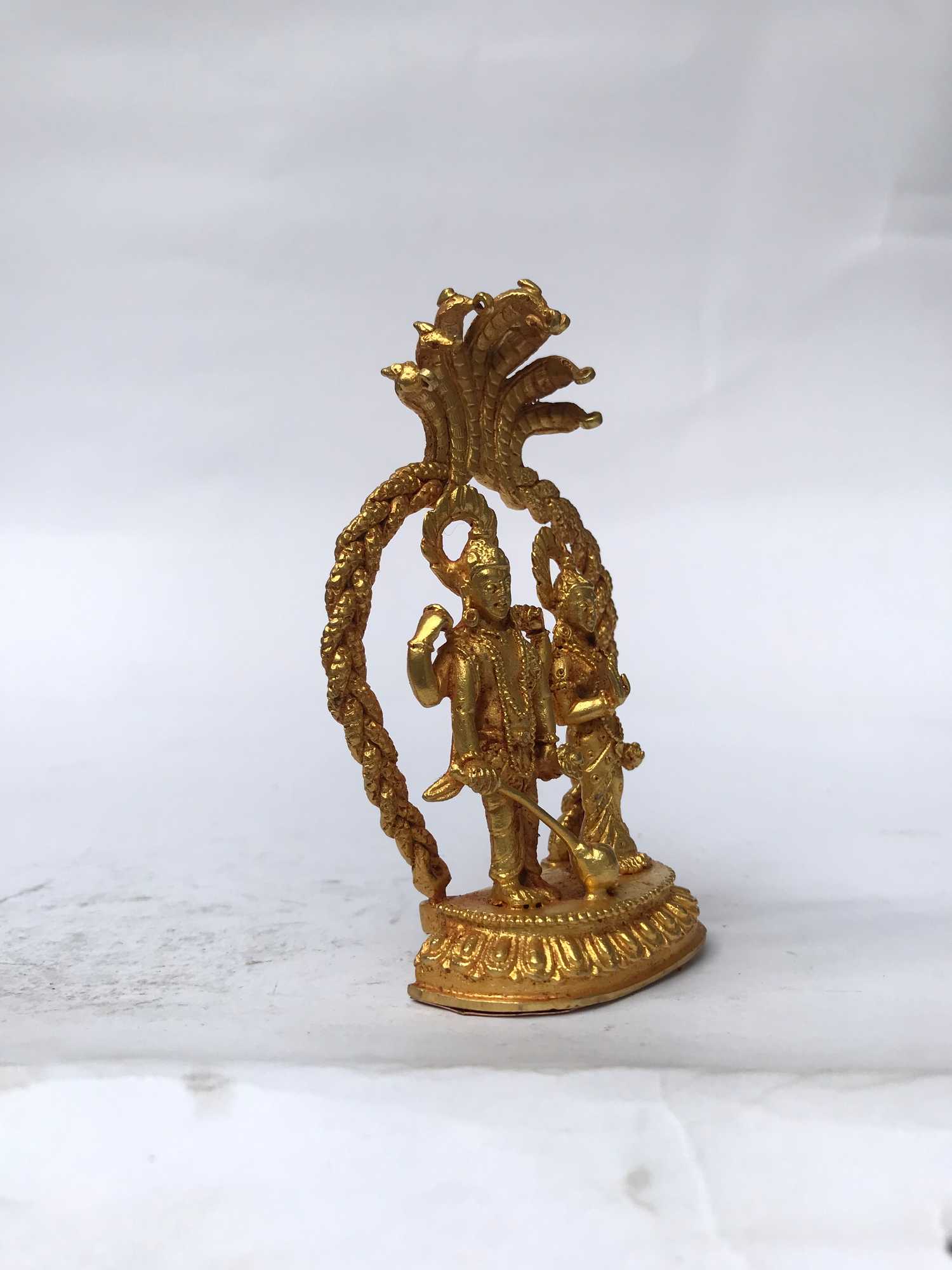 of Lakshmi
of Lakshmi  Manjushri, Buddhist Miniature Statue,
Manjushri, Buddhist Miniature Statue,  Manjushri, Buddhist Miniature Statue,
Manjushri, Buddhist Miniature Statue, 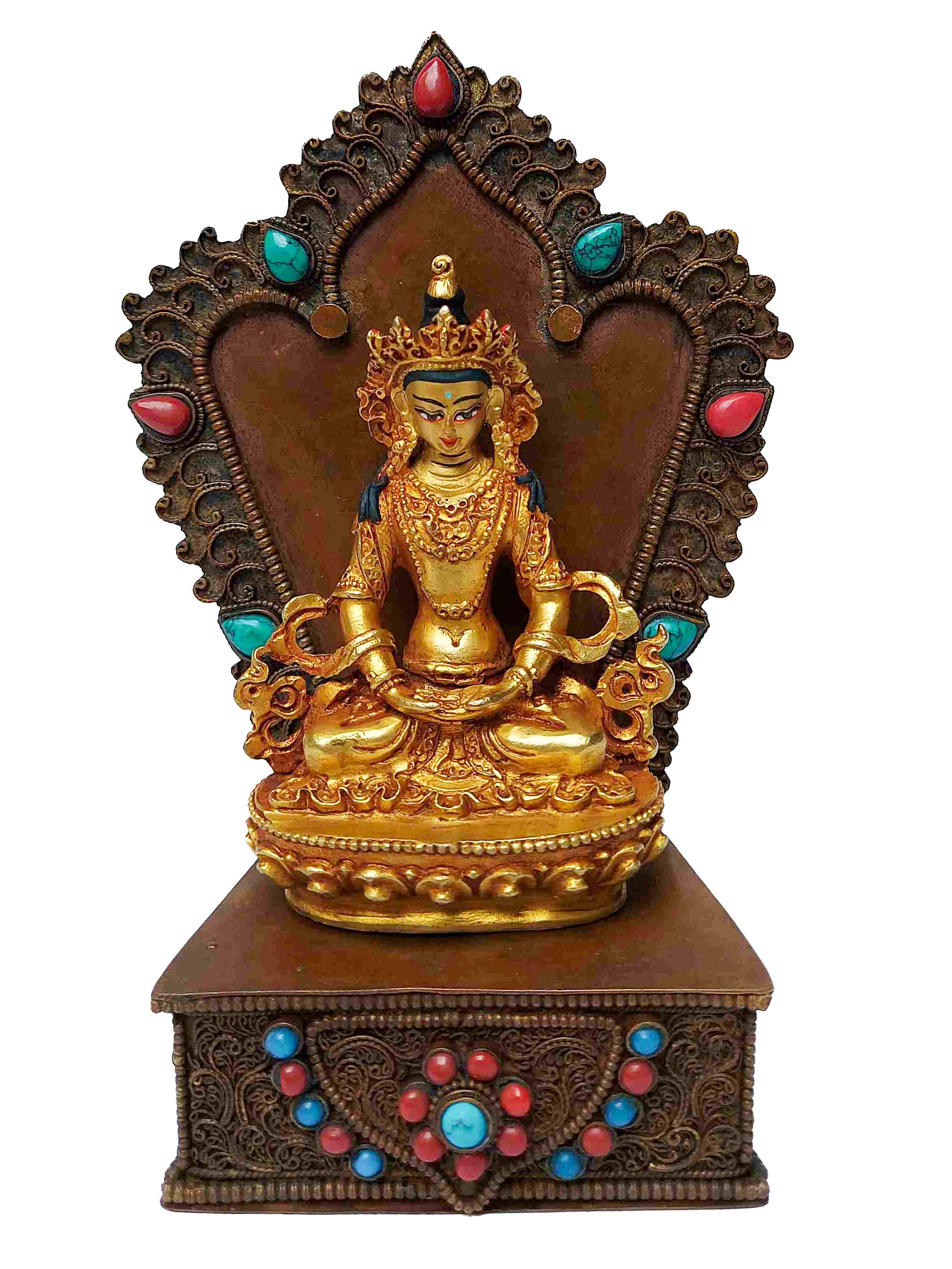 of Aparimita
of Aparimita  of Aparimita
of Aparimita 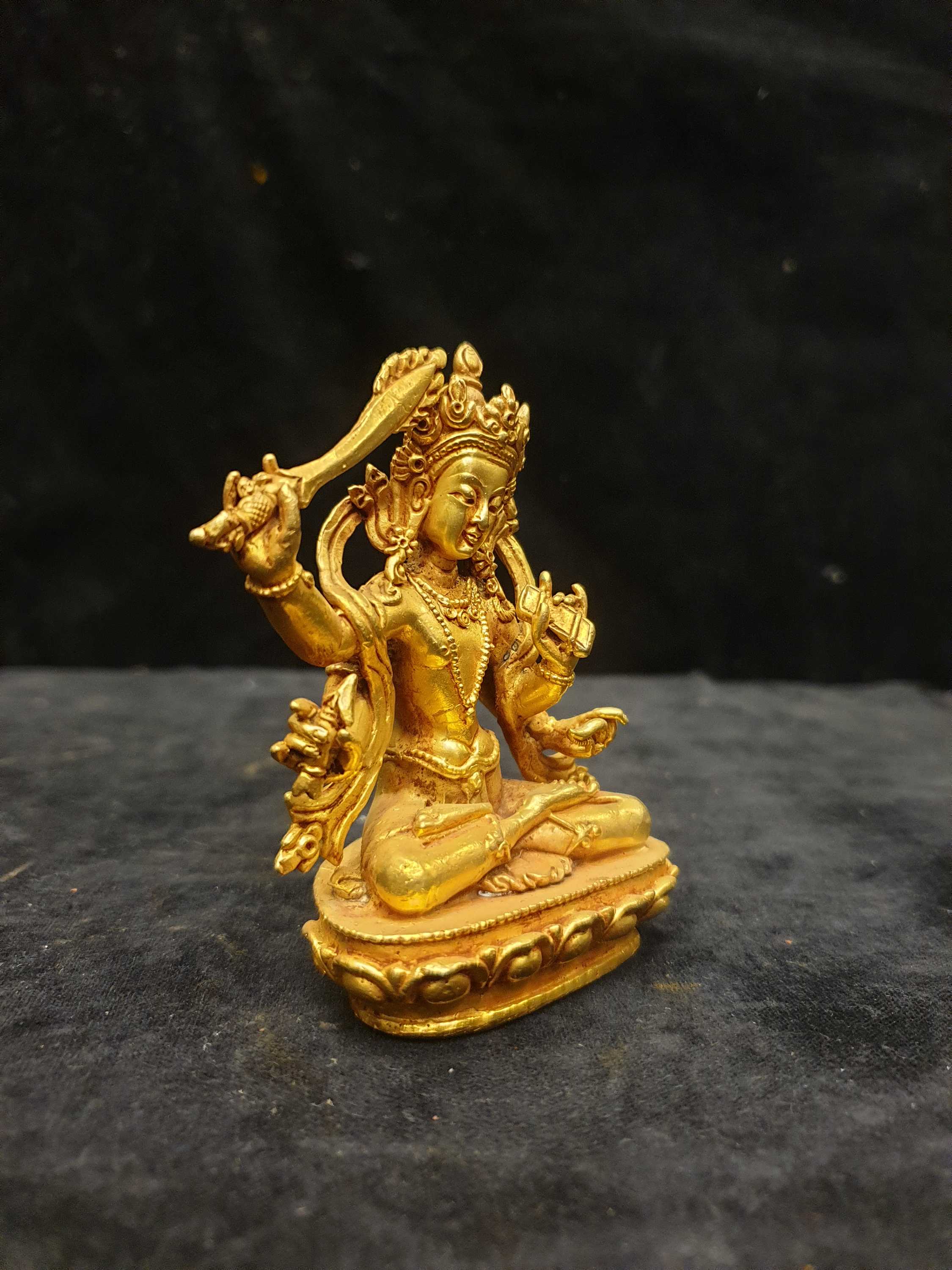 of Maha Manjushree,
of Maha Manjushree, 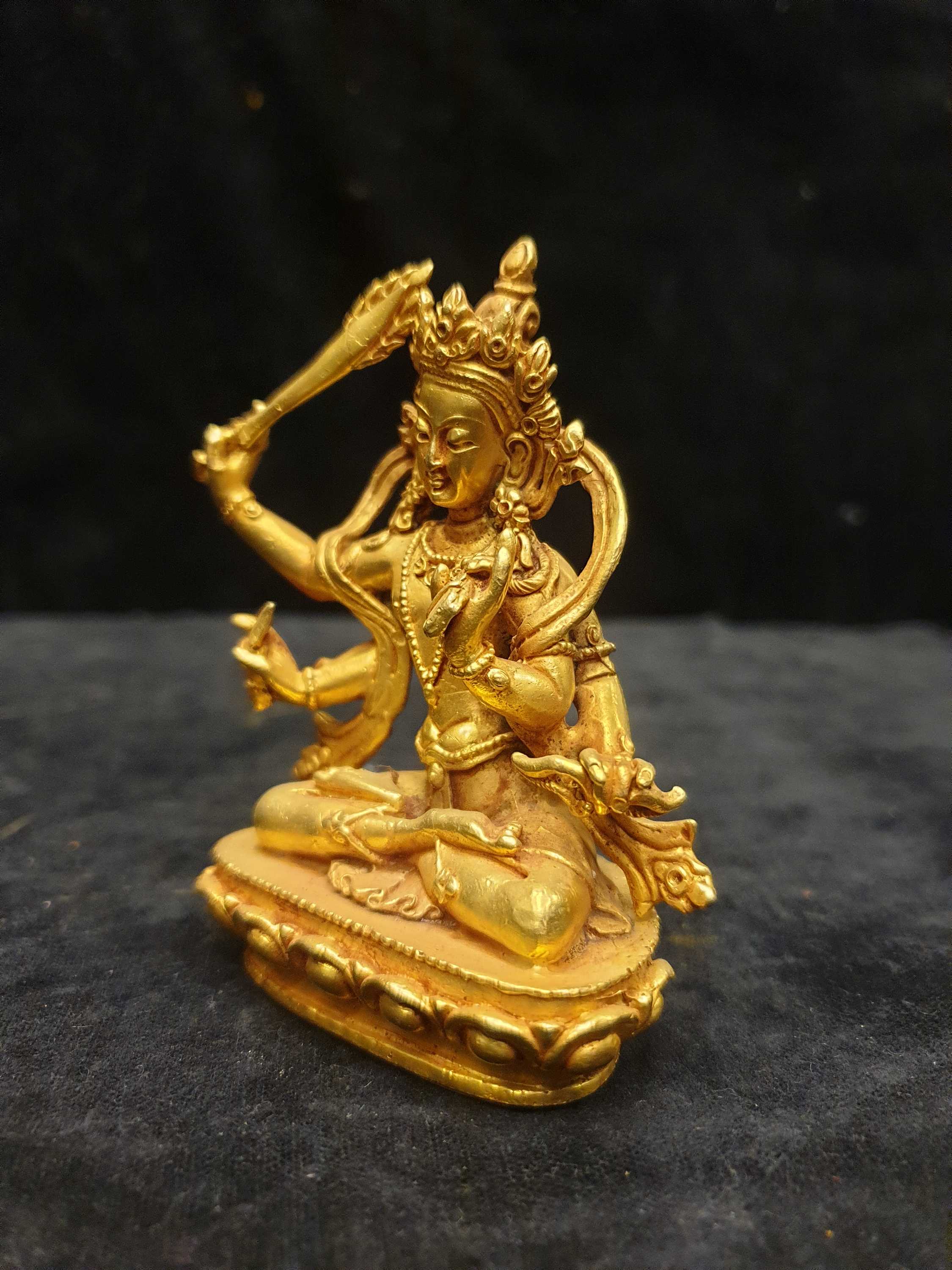 of Maha Manjushree,
of Maha Manjushree,